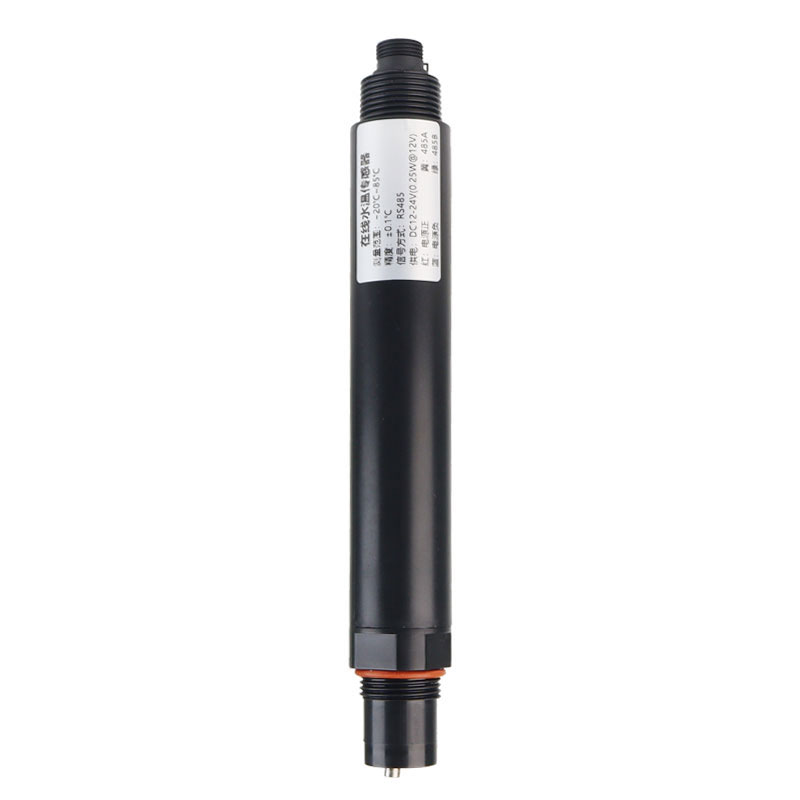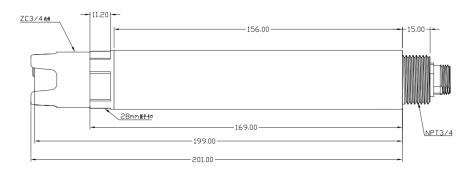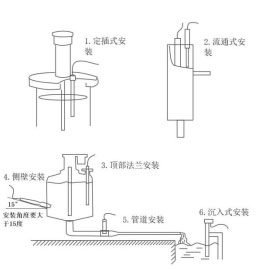Shandong Fengtu IOT Technology Co., Ltd
Sales Manager:Ms. Emily Wang
Cel,Whatsapp,Wechat:+86 15898932201
Email:info@fengtutec.com
Add:No. 155 Optoelectronic Industry Accelerator, Gaoxin District, Weifang, Shandong, China

Sales Manager:Ms. Emily Wang
Cel,Whatsapp,Wechat:+86 15898932201
Email:info@fengtutec.com
Add:No. 155 Optoelectronic Industry Accelerator, Gaoxin District, Weifang, Shandong, China

Model:FT-S21
Brand:fengtu
one.Water temperature sensor application environment description
water temperature sensor is a device used to measure the temperature of liquid (water), which is suitable for the determination of surface water, groundwater, domestic sewage, industrial wastewater and sea water temperature.Water temperature sensors are widely used in industrial cooling, sewage treatment, aquaculture, environmental monitoring, HVAC systems and other fields.They are used to monitor water temperature in real time to ensure efficient and safe system operation.For example, power and chemical plants need to monitor the temperature of cooling water to prevent equipment from overheating; aquaculture farms need to adjust water temperature to promote biological growth; environmental monitoring can assess the ecological health of water bodies.The sensor's working environment is changeable, and the device has the characteristics of waterproof, anti-corrosion, and anti-interference.
two.water temperature sensor technical performance and specifications
1.Technical parameters
| Signal mode | RS485 (MODBUS-RTU) |
| Measuring range | −20℃~85℃ |
| Accuracy | ±0.1℃ |
| Measurement resolution | 0.1℃ |
| Shell material | ABS |
| Cable length | Standard 5 meters |
| Supply voltage | 12-24VDC |
| Product power consumption | 0.25W@12V |
| Calibration method | Single point calibration |
| Waterproof level | IP68 |
| Installation method | Submersible installation, NPT3/4 thread |
2.Water temperature sensor size chart

three.water temperature sensor installation and electrical connection
1.water temperature sensor installation

Installation distance requirements: keep more than 5cm from the side wall and more than 10cm from the bottom.
Installation environment: Do not work under strong light, try to work in a dark environment.There cannot be other fluorescent substances that can be excited.
2.Electrical installation
The cable is a 4-core shielded wire, and the wire sequence is defined as:
Red - power cord (12~24VDC)
Blue - Ground (GND)
Green-485B, Yellow-485A
The wiring sequence should be carefully checked before powering on to avoid unnecessary losses caused by wiring errors.
Note: The color of the cable may vary slightly due to different production batches, please refer to the silk screen printing of the cable.
Four.water temperature sensor maintenance and care
1.Use and maintenance When the sensor has been used for a long time and measurement errors occur, it can be calibrated and corrected by cooperating with the instrument.When the sensor still cannot be calibrated and measured after maintenance and maintenance, it means that the sensor has failed.Please replace the sensor.
best professional weather station provides indoor and outdoor temperature and humidity, wind speed and direction, air pressure and rainfall....
water level detection is used to detect the level of moveable substances and can be used to accurately determine the level of water in tanks, ponds, rivers or any other body of water....
Greenhouses are a highly enclosed agricultural production environment, where the moisture required for crop growth is entirely dependent on artificial irrigation, as natural rainfall cannot be utilised directly. In greenhouses, soil moisture monitoring is a common method to guide irrigation.Crops ca...
Intelligent Soil Moisture Monitor is an instrument specialized in obtaining key information such as soil moisture, soil's temperature and humidity. It integrates data collection, storage, transmission and management functions, and is able to transmit soil moisture information wirelessly and trac...